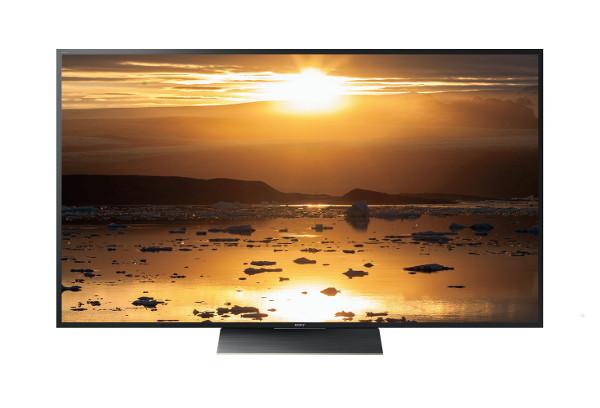It should be theoretically possible to encode such photos in HDR, shouldn't it? I've heard it said a number of times from various AV media sources that it is possible to grade old films in HDR, since the number of f-stops used in 35mm-70mm film and up is significant enough to produce an extended dynamic range(that has heretofore been beyond the reach of standard Blu-Ray). Case in point: The new Blade Runner HDR release on HD Blu-Ray has been widely praised in the media for its excellent HDR.
I know I'm going down a bit of a rabbit trail from the poster's original question, but if old film has the potential for HDR grading, I wouldn't think it too far off that a high-resolution digital image from something like a Canon or Nikon SLR in "HDR" mode could similarly be coded to show up in HDR10 or something similar.



























































